Introduction
In the realm of heavy-duty vehicles, the functionality of braking systems is paramount for both safety and performance. A pressing concern for many operators and manufacturers alike is the question: Can semi-trailer brakes lock up while driving? This is not a mere technical inquiry but rather a critical safety consideration. Understanding the mechanics, the factors that lead to brake locking, and the implications it has on road safety is essential for anyone involved in the trucking industry.
Overview of Semi-Trailer Brake Systems
Semi-trailer brakes play a vital role in ensuring smooth and safe transportation of goods. Let’s delve into the components and mechanics of these systems.
| Component | Functionality |
|---|---|
| Air Compressor | Generates air pressure to activate the brake system. |
| Brake Chambers | Converts pressurized air into mechanical force to apply brakes. |
| Slack Adjusters | Automatically adjust the brake’s reach as shoes wear down to maintain efficiency. |
| Brake Shoes | Press against the brake drum to create friction and slow down the vehicle. |
| Anti-lock Braking System (ABS) | Prevents wheel lock-up during sudden braking through electronic control. |
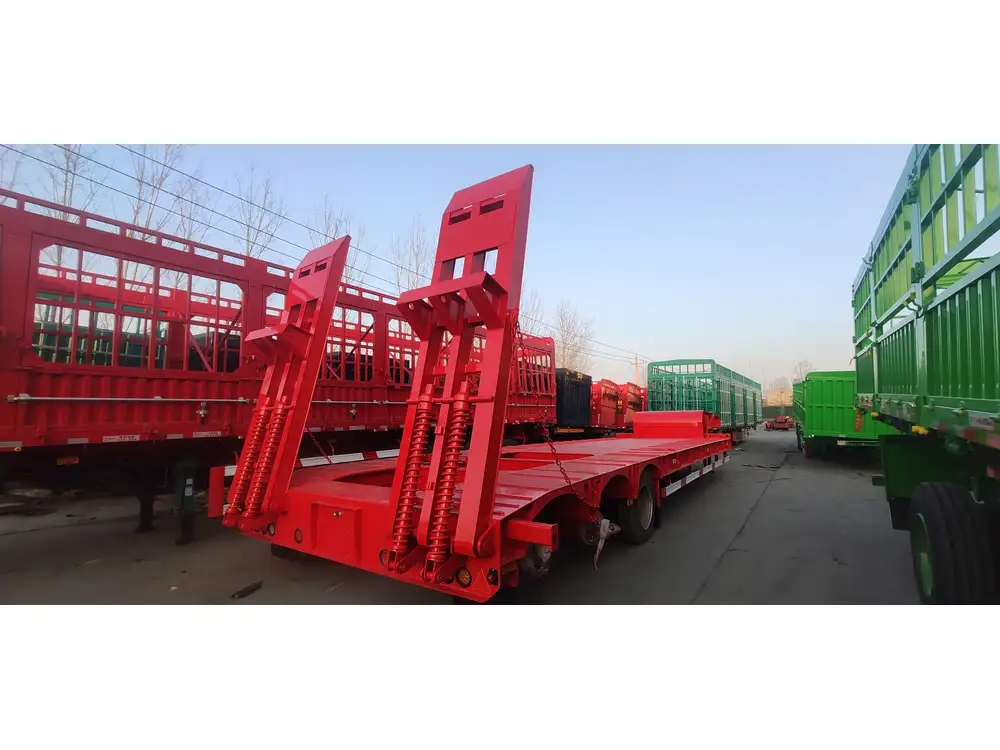
Types of Brake Systems in Semi-Trailers
Drum Brakes: Traditional and widely used, these brakes consist of a drum brake assembly. They create friction through brake shoes pressing against the inside of the drum.
Disc Brakes: Known for superior stopping power, disc brakes utilize a caliper to squeeze the brake pads against a disc. This type is becoming more prevalent due to its effectiveness and ease of maintenance.
Air Brakes: Predominantly used for semi-trailers, air brakes harness compressed air for operation. They allow for a more responsive braking experience.
The Role of ABS
The Anti-lock Braking System (ABS) is pivotal in modern semi-trailers. This electronic system helps prevent wheel lock-up under heavy braking conditions, enabling the driver to maintain steering control—an essential factor in panic braking scenarios.
Causes of Brake Lock-Up
Understanding the potential factors leading to brake lock-up is crucial for operators. Here are key reasons why brakes might seize while driving:

1. Improper Adjustment of Slack Adjusters
Slack adjusters must be properly calibrated to ensure that the brake shoes contact the drum effectively. If they’re misadjusted, it can lead to uneven force distribution during braking, causing locking.
2. Moisture in Air Lines
Condensation can accumulate in the air brake system, leading to poor performance. If moisture freezes, it may obstruct air flow, resulting in sudden brake application and potentially locking up.
3. Faulty Components
Worn-out brake shoes, damaged brake chambers, or malfunctioning ABS can hinder the entire braking system. Regular maintenance and inspections are pivotal in identifying and resolving these issues before they escalate.
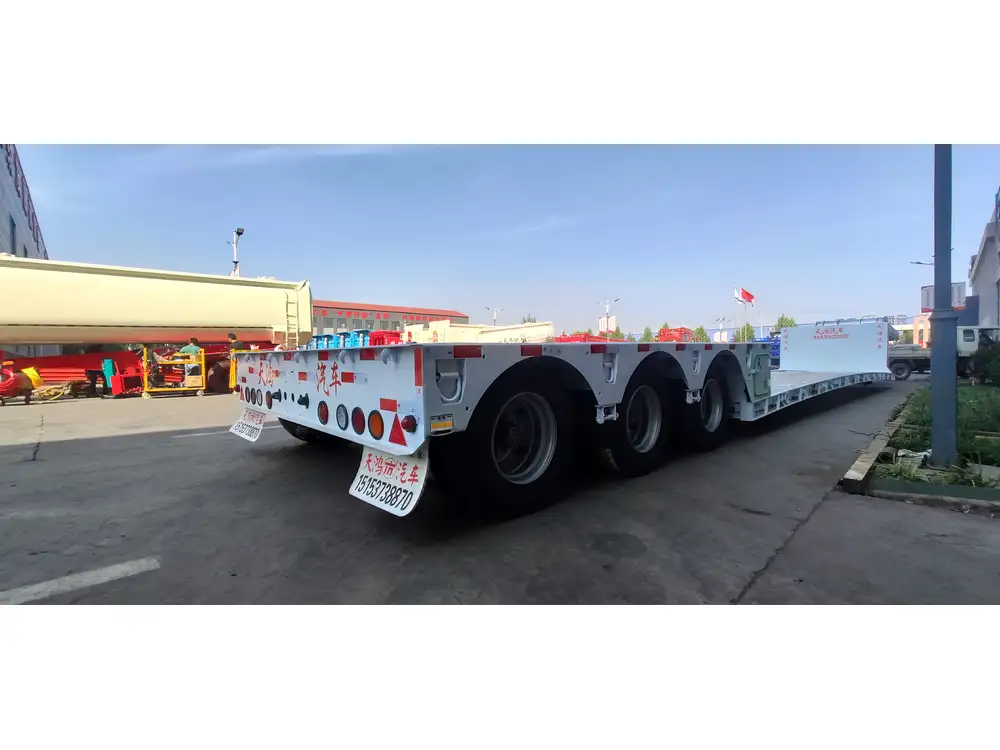
4. Inadequate Driver Training
A lack of proper understanding of how to handle heavy braking situations and operate the braking system can lead to unintentional lock-up. Training for drivers should emphasize smooth, controlled braking techniques.
5. Improper Weight Distribution
Excessive or uneven loading can affect how semi-trailer brakes function. If weight isn’t evenly distributed across axles, some brakes may overwork, leading to unwanted lock-up during deceleration.
Consequences of Brake Lock-Up
The ramifications of brake lock-up can be severe, not just for the driver but for all road users. They can include:
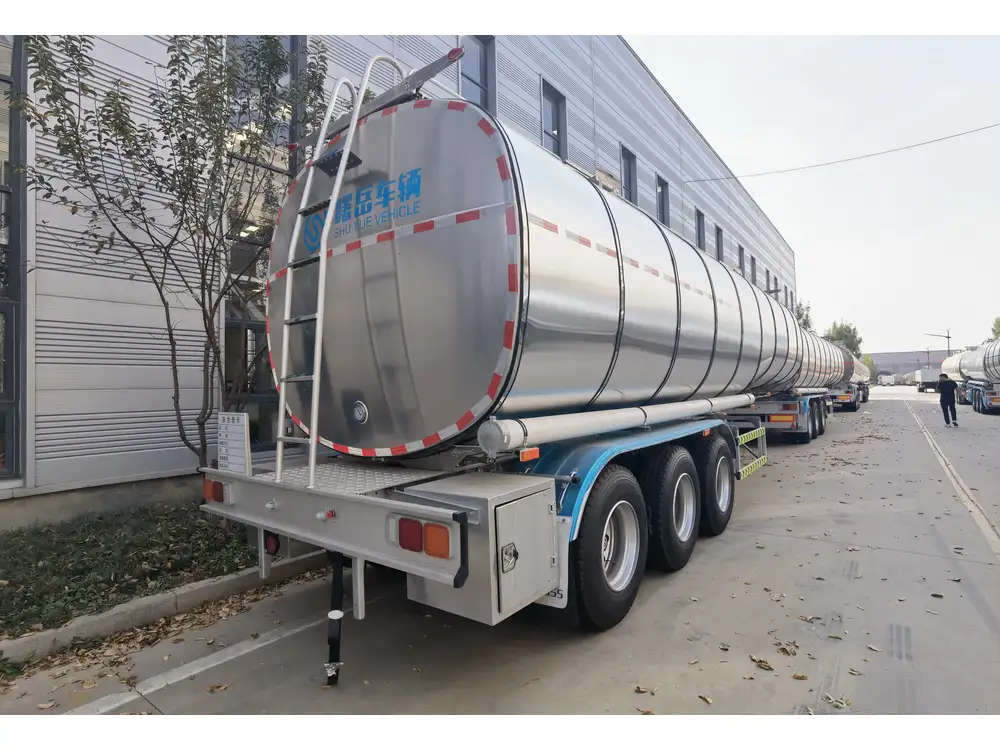
1. Increased Stopping Distance
Locked brakes can cause a substantial increase in stopping distances. This can be particularly dangerous on busy highways or during adverse weather conditions.
2. Loss of Vehicle Control
When brakes lock up, steering control is severely compromised, increasing the risk of skidding or spinning out.
3. Potential for Accidents
A malfunctioning brake system leading to lock-up can result in crashes. These incidents can cause serious injuries, fatalities, and significant property damage.

Preventive Measures to Avoid Brake Lock-Up
Mitigating the risk of brake lock-up involves proactive maintenance and practices. Here are some strategies operators can implement:
Routine Maintenance Checks
Regular Inspections: Ensure that all components, including brake pads, drums, and air lines, are regularly inspected and replaced as necessary.
Adjust Slack Adjusters: Routinely check and adjust slack adjusters to avoid uneven wear and ensure proper function.
Monitoring Air Pressure
Drain Air Tanks: Practicing regular drainage of air tanks can help remove moisture build-up, preventing freezing issues.
Check Air Compressor: Ensure that the air compressor functions properly and delivers the appropriate pressure consistently.
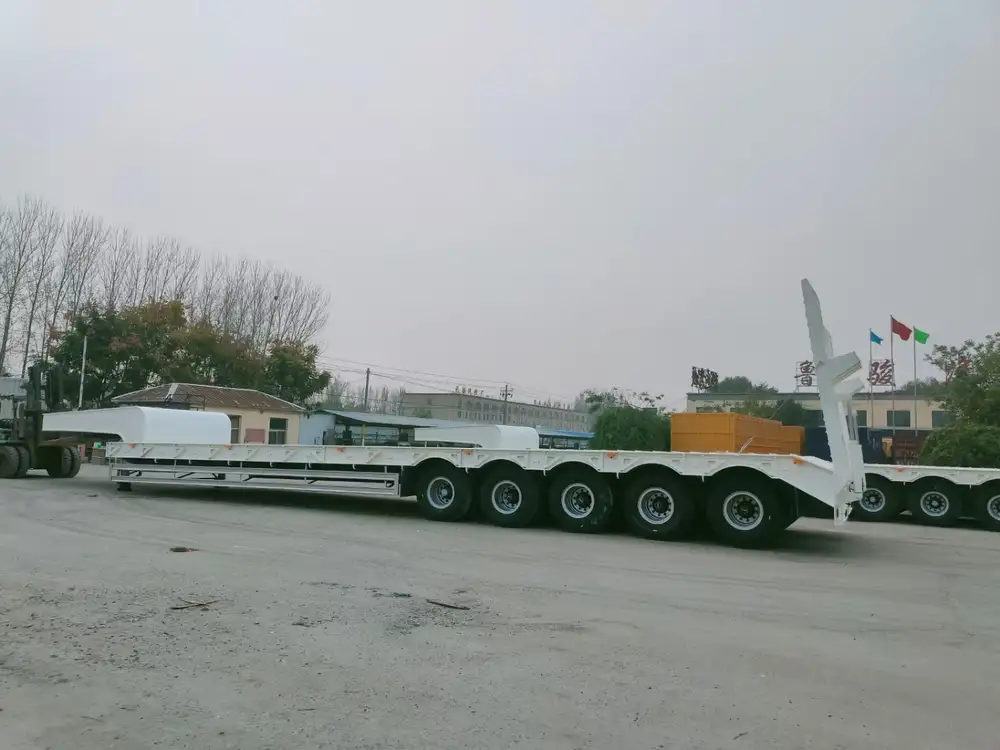
Driver Training
Hands-On Training: Engage in training programs focusing on the nuances of handling semi-trailer brakes.
Emergency Protocols: Train drivers on how to react in the event of a brake lock-up, including steering adjustments and methods to regain control.
Load Management
Weight Distribution: Educate drivers on the importance of balanced load distribution and the impact of excessive loads on braking systems.
Payload Checks: Verify that payloads align with the legal weight limits to maintain vehicle stability and performance.
Advanced Technology in Semi-Trailers
The evolution of braking technology continues to reshape the safety landscape for heavy-duty vehicles. Let’s discuss some innovative developments and technologies in semi-trailer brakes:
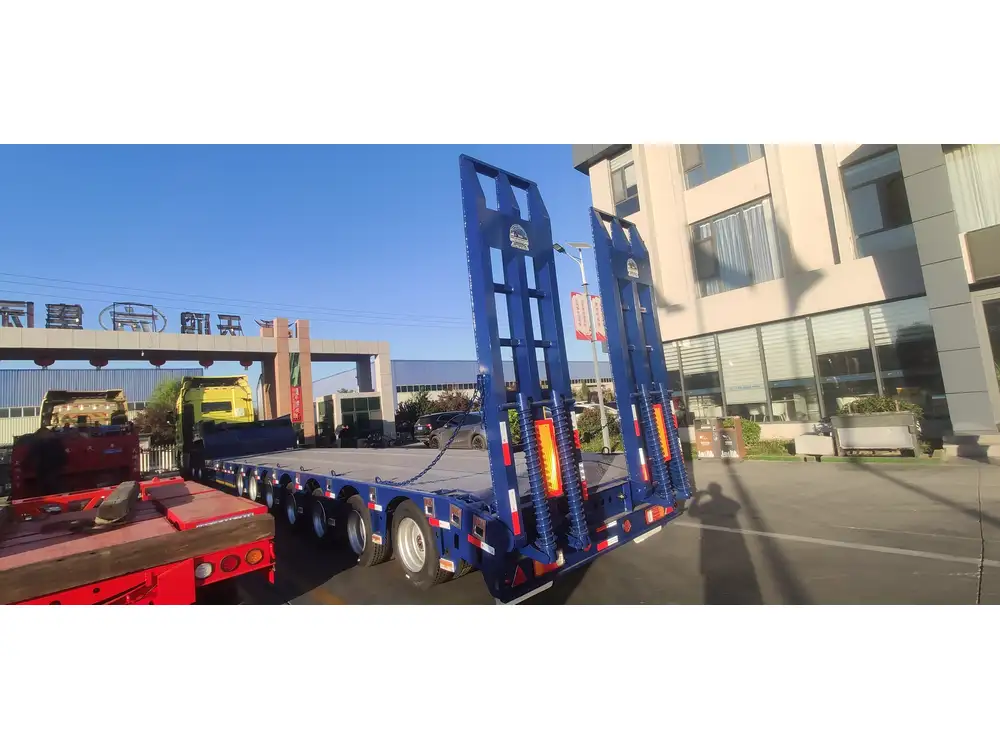
Automated Braking Systems
Collision Avoidance Systems: These systems use sensors to detect impending collisions and can automatically apply brakes to avoid crashes.
Adaptive Cruise Control: This technology adjusts a vehicle’s speed to maintain a safe distance from the vehicle ahead, minimizing abrupt braking.
Electronic Stability Control
- Enhanced Safety Features: This system aids in maintaining vehicle control by adjusting engine power and braking for individual wheels.
Addressing Emergencies: What to Do if Your Brakes Lock Up
Awareness and preparedness can significantly mitigate the risks associated with brake lock-up situations. Here’s a step-by-step guide for drivers:
Stay Calm: Panic can exacerbate the situation. Take a deep breath to assess the situation.
Maintain Steering Control: Keep the steering wheel steady to avoid skidding. Overcorrecting can lead to loss of control.
Shift to Neutral: If safe to do so, shifting into neutral can help disengage the engine’s power from the wheels.
Apply Brakes Gently: If the brakes have locked up, gently ease off on the brake pedal. This may allow for some release in the pressure.
Signal and Gradually Maneuver: Use your turn signals to indicate your intentions, and gradually steer the vehicle to a safe area or shoulder.
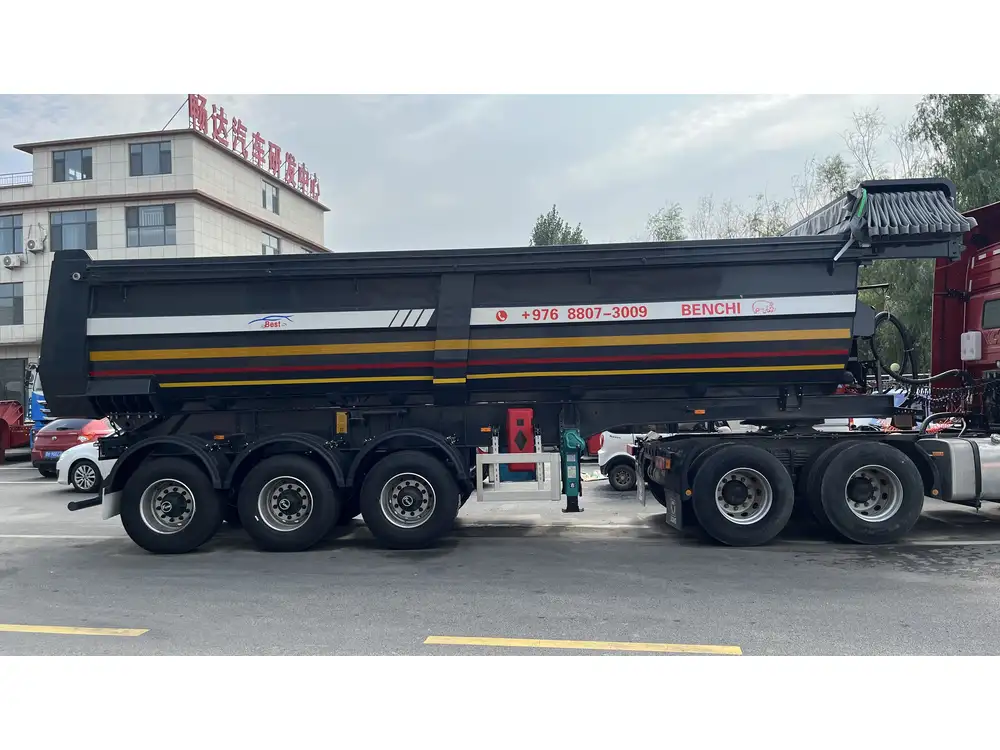
Conclusion
The question of whether semi-trailer brakes can lock up while driving is not one to take lightly. Various factors can contribute to this dangerous occurrence, and understanding these elements is vital for operators and drivers alike. Through effective maintenance, driver training, and vigilance in monitoring braking systems, we can significantly reduce the risks associated with brake lock-up.
Investing in modern technology and adhering to safety protocols are essential steps to ensure that the journey remains safe for all road users. Preparedness can mean the difference between a minor issue and a catastrophic event. In the world of heavy-duty trucking, knowledge truly is power.
For manufacturers, adopting rigorous maintenance schedules and investing in cutting-edge technology not only helps avoid brake lock-up but also enhances overall operational safety, ensuring a reliable and efficient transportation network.
When it comes to ensuring safety on the roads, understanding the importance of braking systems in semi-trailers is an indispensable responsibility that cannot be overlooked. Achieving a comprehensive approach that combines technology, training, and maintenance creates a safe environment for the trucking industry as a whole.



